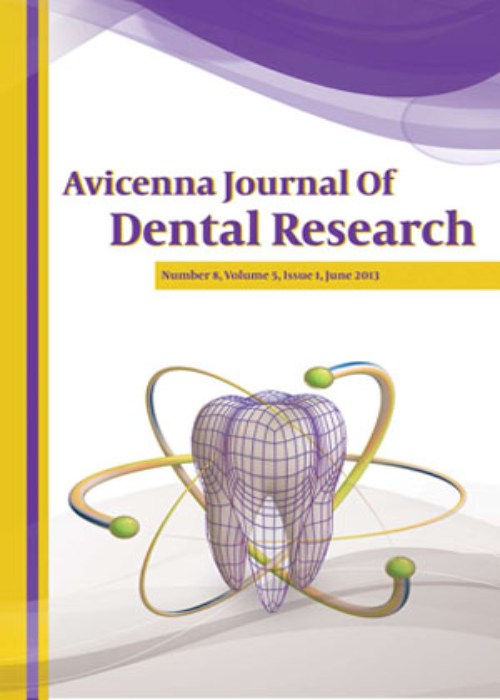Evaluating the Iatrogenic Errors and the Quality of Root Canal Treatment of Mandibular Premolars in Ardabil Population Using the Cone Beam Computed Tomography in 2018
Endodontic procedures such as root canal treatment (RCT) would be at the risk of failure like other medical interventions due to any unsuitable conditions. In this regard, applying low-efficiency techniques can cause several negative consequences such as errors in length, cleaning, shaping, and the quality of obturation. The aim of this study was to determine the iatrogenic errors and the quality of RCTs on mandibular premolars in the Ardabil population by using cone beam computed tomography (CBCT) images in 2018.
This cross-sectional retrospective study was carried out using the archive of Dr. Basser Radiology Center in 2018. The axial, coronal, and sagittal sections of CBCT images were observed for detecting missing canals, perforations, ledges, vertical root fractures (VRFs), and the quality of endodontic filling. The observation process was done by an endodontist, a radiologist, and a dentistry student. The collected data were analyzed using SPSS software, version 20 and the descriptive statistical method (frequency and percentage) was used for reporting the results.
The results showed that underfilling was the most common error in the second and first mandibular premolar (9.5% compared with 9.2%), respectively. In addition, overfilling and missing canal were the second and third common errors in this study (6.3% and 3.9%). On the other hand, ledge, perforation, and VRF in the second premolar were the least common failures (0.26%). However, perforation and VRF were not found in the first mandibular premolars. It was observed that missing canals occur as lingual, mesial, and buccal types. All the missing canals of the first mandibular premolar were of lingual type. In comparison, in the second premolar, 71.4% of the missing canals were lingual and the remaining canals were mesial or buccal (each 14.3%).
Overall, the results of the present study revealed that the most common mistakes were errors in length and missing canals, therefore, more education is recommended toward employing working length determination techniques, using electric apex locator, obtaining more knowledge of anatomy variation, and using CBCT in doubtful cases.
- حق عضویت دریافتی صرف حمایت از نشریات عضو و نگهداری، تکمیل و توسعه مگیران میشود.
- پرداخت حق اشتراک و دانلود مقالات اجازه بازنشر آن در سایر رسانههای چاپی و دیجیتال را به کاربر نمیدهد.


